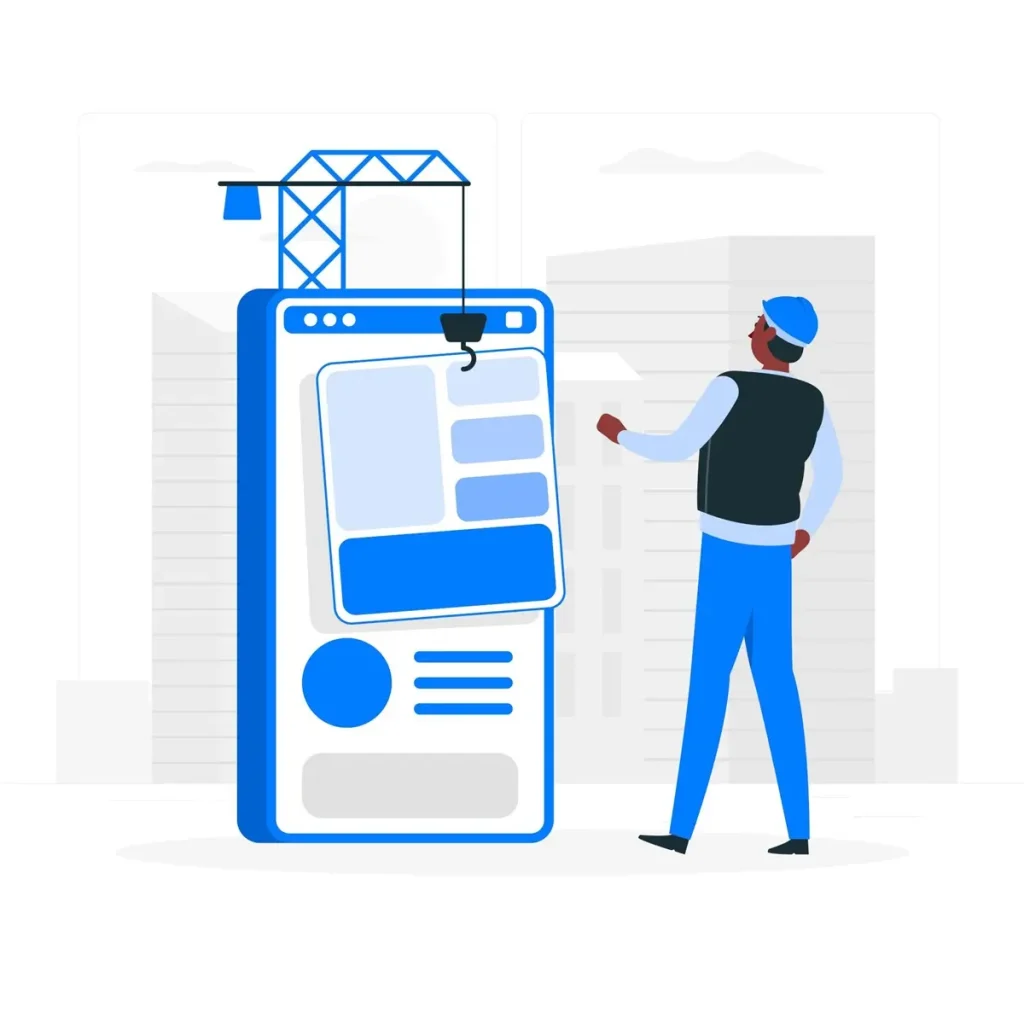
One effective way to achieve this is through a Getting to Know You survey for students. Creating meaningful connections in the classroom is essential for fostering a positive learning environment.
These surveys not only help educators understand their students better but also create a sense of belonging and community.
In this blog, we will discuss the importance of these surveys, how to design them, and how they can address common challenges faced by educators and students alike.
Why Getting to Know Your Students Matters
Understanding students as individuals is crucial for effective teaching. When educators know their students’ backgrounds, interests, and learning preferences, they can tailor their approaches to meet diverse needs. Here are some reasons why getting to know your students is beneficial:
Building Trust: When students feel understood and valued, they are more likely to engage in the learning process. A survey can serve as an icebreaker, allowing students to share information about themselves in a comfortable setting.
Enhancing Engagement: Knowing students’ interests can help educators design lessons that resonate with them. This connection can lead to increased participation and enthusiasm in the classroom.
Identifying Needs: Surveys can reveal students’ academic strengths and weaknesses, as well as any social or emotional challenges they may be facing. This information is vital for providing appropriate support.
Creating a Supportive Environment: A classroom that values individual identities fosters a sense of community. This environment encourages collaboration and respect among peers.
Designing Your Getting to Know You Survey
Creating an effective survey involves thoughtful consideration of the questions you ask. Here are some tips for designing your survey:
Keep It Simple: Use clear and concise language. Avoid jargon that may confuse students. Aim for questions that are straightforward and easy to answer.
Include a Mix of Questions: Use a combination of multiple-choice, open-ended, and rating scale questions. This variety allows students to express themselves in different ways.
- Focus on Relevant Topics: Consider including questions about:
- Personal interests (hobbies, favorite subjects)
- Learning preferences (visual, auditory, kinesthetic)
- Goals for the school year
Any challenges they may be facing (academic or personal)
Ensure Anonymity: If possible, allow students to complete the survey anonymously. This can encourage honesty, especially when discussing sensitive topics.
Use Technology Wisely: Depending on your classroom setup, you can use online platforms like Google Forms for easy distribution and collection of responses. Alternatively, paper surveys can be effective in more traditional settings.
Sample Questions for Getting to Know You Survey for Students
To give you a head start, here are some sample questions you might include in your survey:
What is your preferred name or nickname?
What is your favorite subject in school and why?
What hobbies or activities do you enjoy outside of school?
How do you prefer to learn? (e.g., through reading, listening, hands-on activities)
What are your goals for this school year?
Is there anything specific you would like your teacher to know about you?
What challenges do you face in school or at home that you would like to support with?
Addressing Common Challenges: Getting to Know You Survey for Students
While surveys are a powerful tool, they can also present challenges. Here’s how to overcome some common obstacles:
Limited Student Participation: Some students may be hesitant to share personal information. To combat this, emphasize the importance of the survey and how it will help create a better classroom environment. Reassure them that their responses will be confidential.
Diverse Learning Styles: Students come from various backgrounds and may have different learning styles. Ensure your survey accommodates these differences by including various question formats and allowing for open-ended responses.
Time Constraints: Teachers often have packed schedules. To manage time effectively, consider integrating the survey into the first few days of school or during a less busy period. This approach ensures that you can dedicate time to reviewing the responses.
Analyzing Responses: Once you collect the surveys, take the time to analyze the data. Look for patterns that can inform your teaching strategies. Use the insights gained to create lessons that cater to your students’ interests and needs.
You Must Know
Your Voice Matters: Coca Cola Consumer Survey 2024
The Employee Engagement Survey Meme: Laugh and Learn
Using Survey Results to Build Connections
After collecting and analyzing the survey responses, the real work begins. Here’s how to use the information to strengthen connections:
Personalize Interactions: Refer to students’ interests and goals in conversations and lessons. This shows that you value their input and are invested in their success.
Create Group Activities: Use the information to form groups based on shared interests or learning styles. This can help students connect with peers who have similar passions.
Adjust Teaching Methods: If many students express a preference for hands-on learning, consider incorporating more interactive activities into your lessons.
Follow Up: Periodically revisit the survey responses throughout the year. This allows you to check in on students’ progress and adapt your approach as needed.
Conclusion: Getting to Know You Survey for Students
A Getting to Know You survey for students is a simple yet effective tool for building connections in the classroom. By understanding your students better, you can create a more inclusive and engaging learning environment.
Remember, the goal is to foster relationships that support both academic success and personal growth. As you implement these surveys, you will not only gain valuable insights but also pave the way for a thriving classroom community.
By addressing the common challenges and using the results thoughtfully, you can make a lasting impact on your students’ educational experience.




